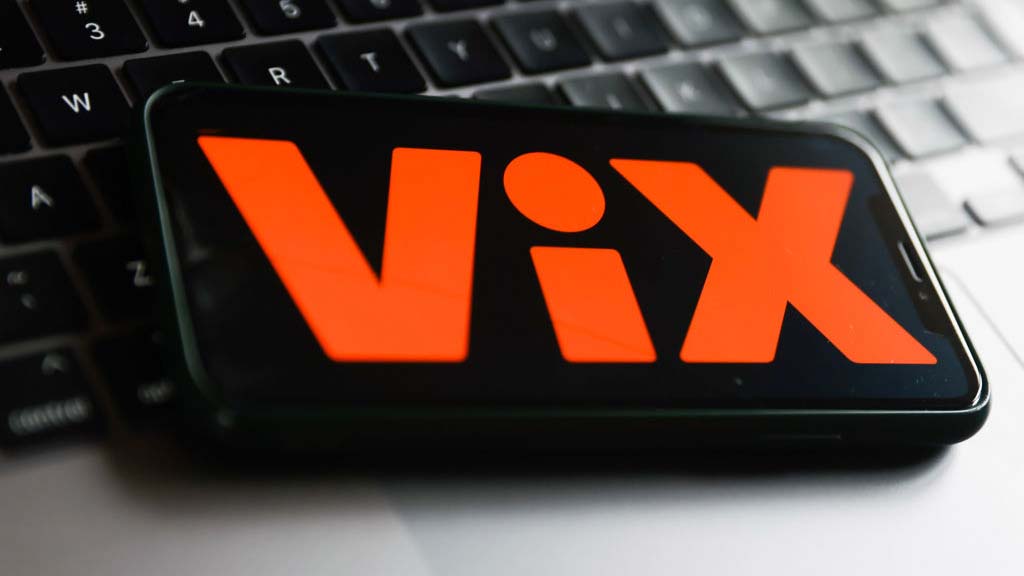Misperceptions About TV as an Ad Vehicle Leads to Undervaluing of Medium, Says Auerbach
“The Value of Video: Using Today’s Media Supply Chain to Optimize Ad Delivery” webinar will take place on May 16 at 2 p.m. ET. Registerhere.
NEW YORK—While TV upfronts dominate much of the inside baseball media news this week, there is an ongoing, underlying truth television networks, station groups and local broadcasters must acknowledge and deal with when it comes to TV as an advertising medium, says TVB EVP and Chief Communications Officer Abby Auerbach.

“TV is undervalued because of misperceptions out there,” says Auerbach. In many cases, those misperceptions stem from competitors eager to claim a bigger slice of the advertising pie. In other instances, the quest for the next shiny new thing on the part of marketers and advertisers may contribute to the misperceptions.
However, whether it is total time spent watching or the number of people reached, TV still dominates the media landscape, offering ad agencies and their clients the powerful medium they desire to reach and impact consumers as they decide what goods and services to buy, she says.
Auerbach, who will present “Valuing TV in a Multiplatform World,” Thursday, May 16, at 2 p.m. EDT during a live TV Technology webinar sponsored by Imagine Communications, says that while many people perceive that the public spends more time on digital platforms and with social media than watching TV, the reality is far different.
“People spend more time with TV than their computers, smartphones and tablets combined,” she says, pointing to a 2019 comparison study that found people spend five hours and 24 minutes a day with broadcast and cable TV (of which just over three and a half hours is with broadcast television) versus 1:02 with social media and 51 minutes streaming TV.
Similarly, when it comes to the sheer number of viewers, TV crushes the competition despite the common perception that digital has surpassed television, she says.
The professional video industry's #1 source for news, trends and product and tech information. Sign up below.
Quoting Dave Morgan, founder and CEO of Simulmedia, Auerbach points out that “Judge Judy” has more audience ad minutes—in other words, more people watching ads—in 30 minutes than all of the people watching all of the videos on YouTube all day.
“TV reaches more adults in a day than YouTube and Netflix reach in a month,” she says. Auerbach points to research showing more than 180 million adults 18 years of age and older watch television daily while 114.5 million and 85 million adults watch YouTube and Netflix, respectively, in a month.
Part of the reason for misperceptions that result in undervaluing TV are differences in how TV is measured versus other media. For example, for TV to be regarded as viewable, 100% of the picture needs to be visible. For digital, it’s 50%.
“In other words, all video impressions are not the same,” she says. Another example is the duration a video must be watched to be regarded as an impression. With digital, the duration is two seconds, while for network TV the duration must be 30 seconds—and for spot TV it has to be five minutes.
Trust also plays an important role, and here again, television outshines digital and social media, she says. Eighty-three percent of people polled this year agree with the statement “I trust the news I see/hear on this media source” when it comes to local broadcast news versus social media at 45%.
During the May 16 webinar in which Auerbach is presenting, Imagine Communications VP Ronnie Bell, will make a separate presentation examining the role of automation technology, ad optimization, systems integration and standardization.
The free webinar will give attendees the opportunity to direct questions to both presenters. Full disclosure, I will be moderating the webinar.
Register online now by visiting the online registration landing page.
Phil Kurz is a contributing editor to TV Tech. He has written about TV and video technology for more than 30 years and served as editor of three leading industry magazines. He earned a Bachelor of Journalism and a Master’s Degree in Journalism from the University of Missouri-Columbia School of Journalism.

